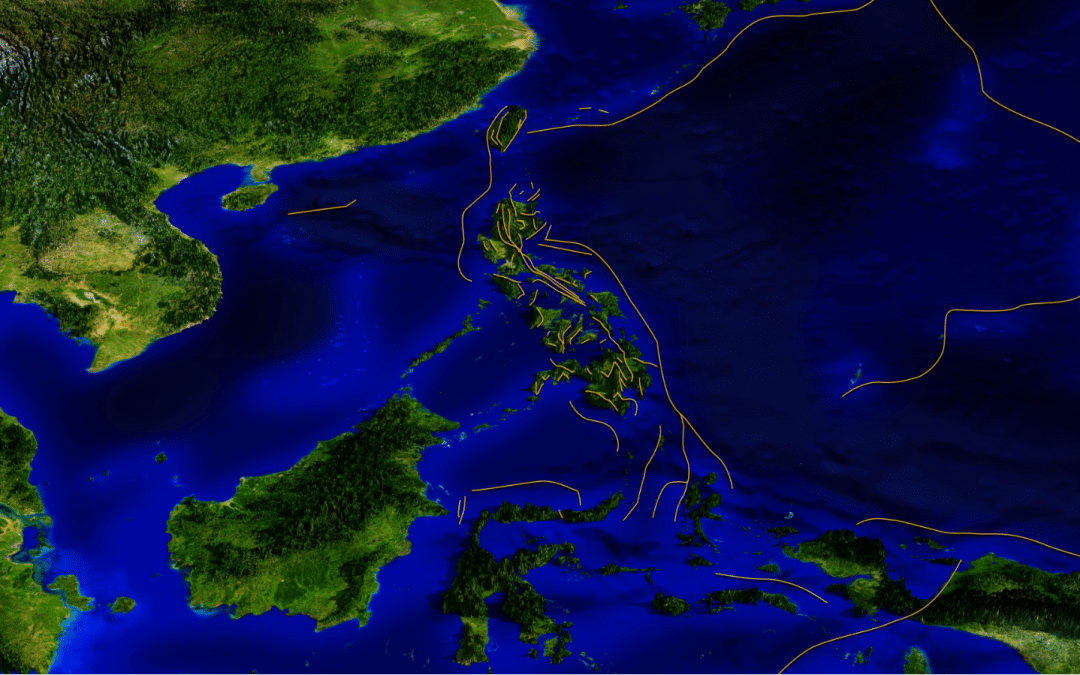Seismicity in the Taiwan-Okinawa region is significantly influenced by the complex interaction of multiple tectonic plates, primarily the Philippine Sea Plate, the Eurasian Plate, and the smaller Okinawa Plate. This area is part of the volatile Pacific “Ring of Fire,” known for its frequent seismic and volcanic activity.
Convergent Boundaries: Taiwan’s primary source of seismic activity is the convergence of the Philippine Sea Plate and the Eurasian Plate. This subduction process, particularly along the Ryukyu Trench near Okinawa and the Manila Trench to the south of Taiwan, can generate powerful megathrust earthquakes.
Complex Plate Dynamics: The region is characterized by a highly complex plate tectonic setting, including various subduction zones, transform faults, and complicated interactions at plate boundaries. This complexity results in a variety of seismic phenomena.
Taiwan Strait and Collision Zone: Northern Taiwan is affected by the collision of the Eurasian Plate and the Philippine Sea Plate, which causes significant seismic activity and contributes to mountain building in the region.
Okinawa Trough: This back-arc basin near Okinawa is another source of significant seismic activity. It is associated with the subduction of the Philippine Sea Plate beneath the Eurasian Plate and is characterized by extensional tectonics.
Crustal and Intraplate Earthquakes: In addition to the large interplate earthquakes, Taiwan and Okinawa experience numerous intraplate or crustal earthquakes due to the internal stresses within the overriding plates.
Volcanic Activity: While more prominent in historical times, volcanic activity, especially in the Ryukyu Islands, contributes to the overall seismic activity. The volcanism is primarily due to the subduction processes occurring beneath these islands.
Historical Seismicity: Both regions have a history of devastating earthquakes. For example, Taiwan’s 1999 Chi-Chi earthquake significantly influenced building codes and disaster preparedness strategies.
Tsunami Risk: The region’s seismic activity poses a significant risk of tsunamis, especially given the large subduction zone earthquakes. Coastal areas in both Taiwan and Okinawa need to maintain vigilance and preparedness for tsunami threats.
Seismic Monitoring and Preparedness: Advanced seismic monitoring systems are in place, particularly in Taiwan, to provide early warnings and to gather data for seismic research. Both regions emphasize stringent building codes and disaster preparedness education to mitigate the impacts of earthquakes.
These factors combine to create a highly active seismic environment in the Taiwan-Okinawa region, necessitating comprehensive monitoring, robust engineering practices, and ongoing public education to manage and reduce earthquake risks effectively.

